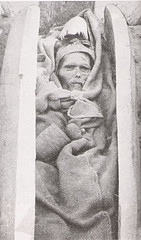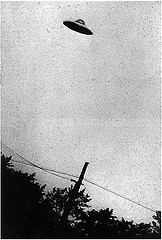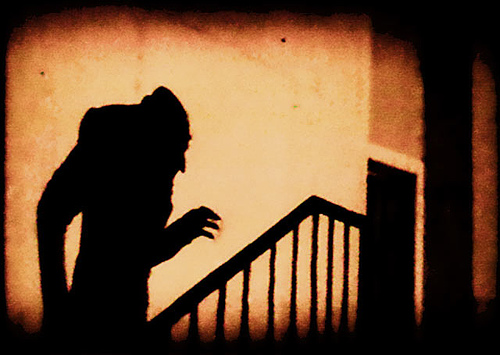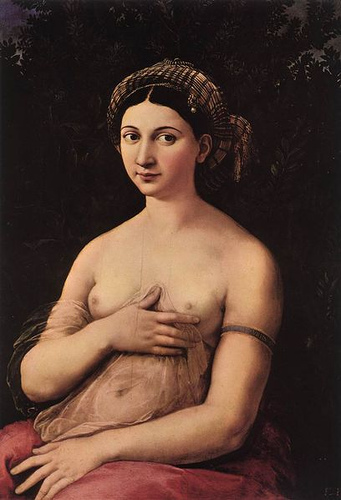
Who is this? His angular features and recessed eyes suggest that he’s Caucasian, and genetic tests support this, but he was found in the Tarim Basin of western China in 1910. Many such mummies have been found there, desiccated by the desert and sometimes still bearing blond or red hair. Who were they, and where did they come from?
It had been commonly believed that civilizations developed independently in East and West, but these finds suggest that Western nomads may have reached China by 1,000 B.C. or earlier, traveling from Europe, the Mediterranean, or even Iran.
Ancient Chinese books describe tall figures with deep-set blue or green eyes, long noses, full beards, and red or blond hair. Apparently they weren’t legends.





